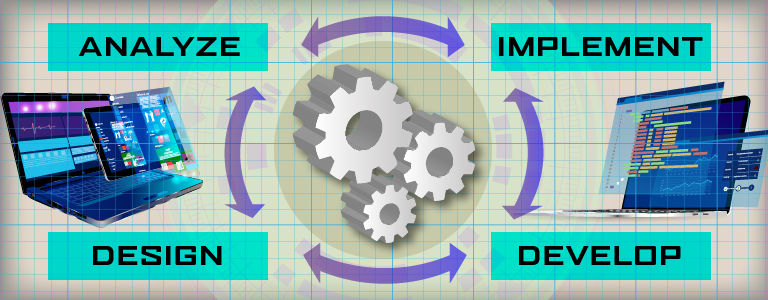Commentary
ARE WE TRYING TO OUT-“SMART” OURSELVES?
Author(s):
-Larry Letow, President, U.S. Region, CyberCX
Justin Petitt, Director of Cybersecurity, Systems Engineering Solutions Corporation
Not all that long ago, “Cyber” was a word that acted as a placeholder, standing in the place of super-specialized knowledge set and complex systems better left to experts. Cyber was too far removed from the day-to-day for the average person when personal records, bills, bank statements, health records and more were handled by paper. … Read more










